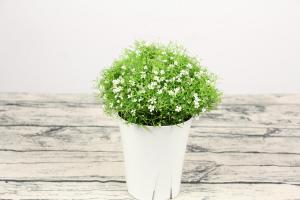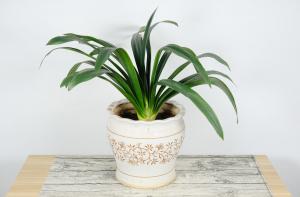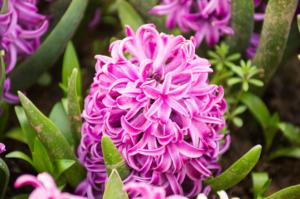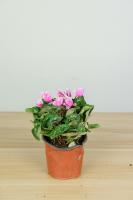Deadly Flora: Identifying Poisonous Plants and Their Effects
Plants provide us with food, oxygen, and beauty, but not all plants are beneficial to our health. Some plants are poisonous and can cause harmful effects, ranging from mild irritation to death. It is essential to identify these dangerous plants and learn how to avoid them to prevent potential health risks.
What Plant is Poisonous?
There are numerous plants that are poisonous to humans and animals, including nightshade, hemlock, poison ivy, and poison oak. Poisonous plants can cause harm in various ways, such as irritating the skin, triggering allergic reactions, or damaging internal organs. The severity of the harm depends on the level of exposure to the poison and the individual's sensitivity to it.
Spotting Poisonous Plants
Identifying poisonous plants can be challenging because many of them look similar to non-toxic plants. However, certain characteristics can help distinguish them, such as distinctive colors, shapes, odor, and texture. For example, poison ivy has three shiny green leaves that turn red in the fall, while its harmless counterpart has five leaves. Meanwhile, poison hemlock has purple dots on its stem, and its leaves smell like mice, unlike other herbs.
The Effects of Poisonous Plants
While some people may show no symptoms after exposure to poisonous plants, others can experience mild to severe reactions. The symptoms may include skin rashes, blisters, itching, swelling, hives, difficulty breathing, nausea, vomiting, diarrhea, fever, and seizures. In severe cases, the symptoms may lead to a loss of consciousness, paralysis, or death. It is crucial to seek medical attention immediately if you experience symptoms of plant poisoning.
How to Avoid Poisonous Plants
To reduce the risk of plant poisoning, it is best to avoid contact with poisonous plants altogether. If you must be in an area where poisonous plants may grow, wear protective clothing, such as long sleeves and pants, gloves, and boots. Learn to identify the plants and avoid touching or ingesting them. Also, wash your skin and clothes thoroughly with soap and water if you come into contact with any poisonous plant.
Conclusion
Knowing how to identify and avoid poisonous plants can help prevent harmful effects on our health. While plants are essential for our survival, we must also respect their potential dangers and take the necessary measures to protect ourselves and our loved ones. When in doubt, it is best to seek professional advice to ensure our safety.

 how many times do yo...
how many times do yo... how many planted tre...
how many planted tre... how many pine trees ...
how many pine trees ... how many pecan trees...
how many pecan trees... how many plants comp...
how many plants comp... how many plants can ...
how many plants can ... how many plants and ...
how many plants and ... how many pepper plan...
how many pepper plan...
































